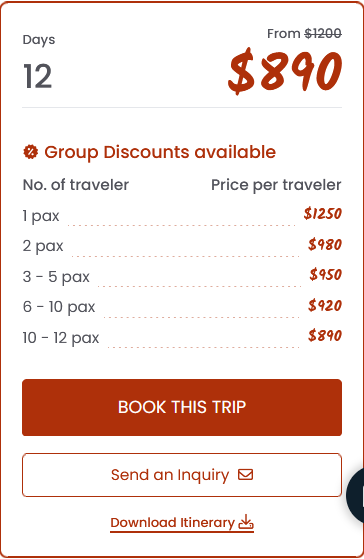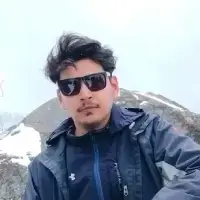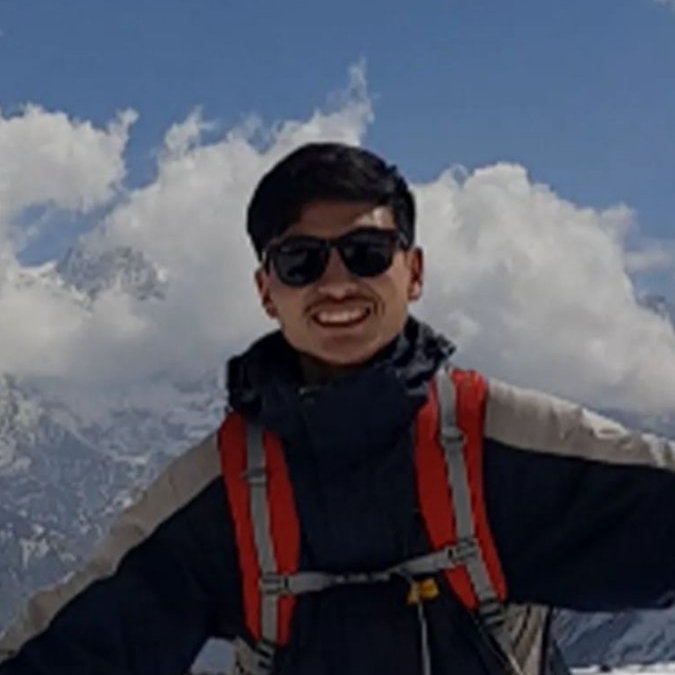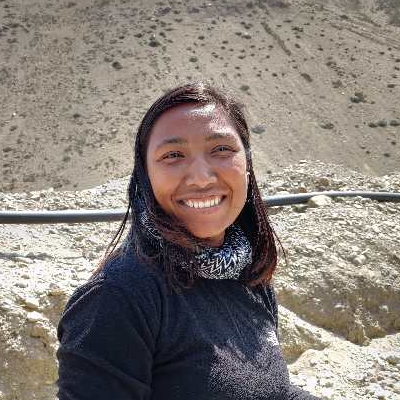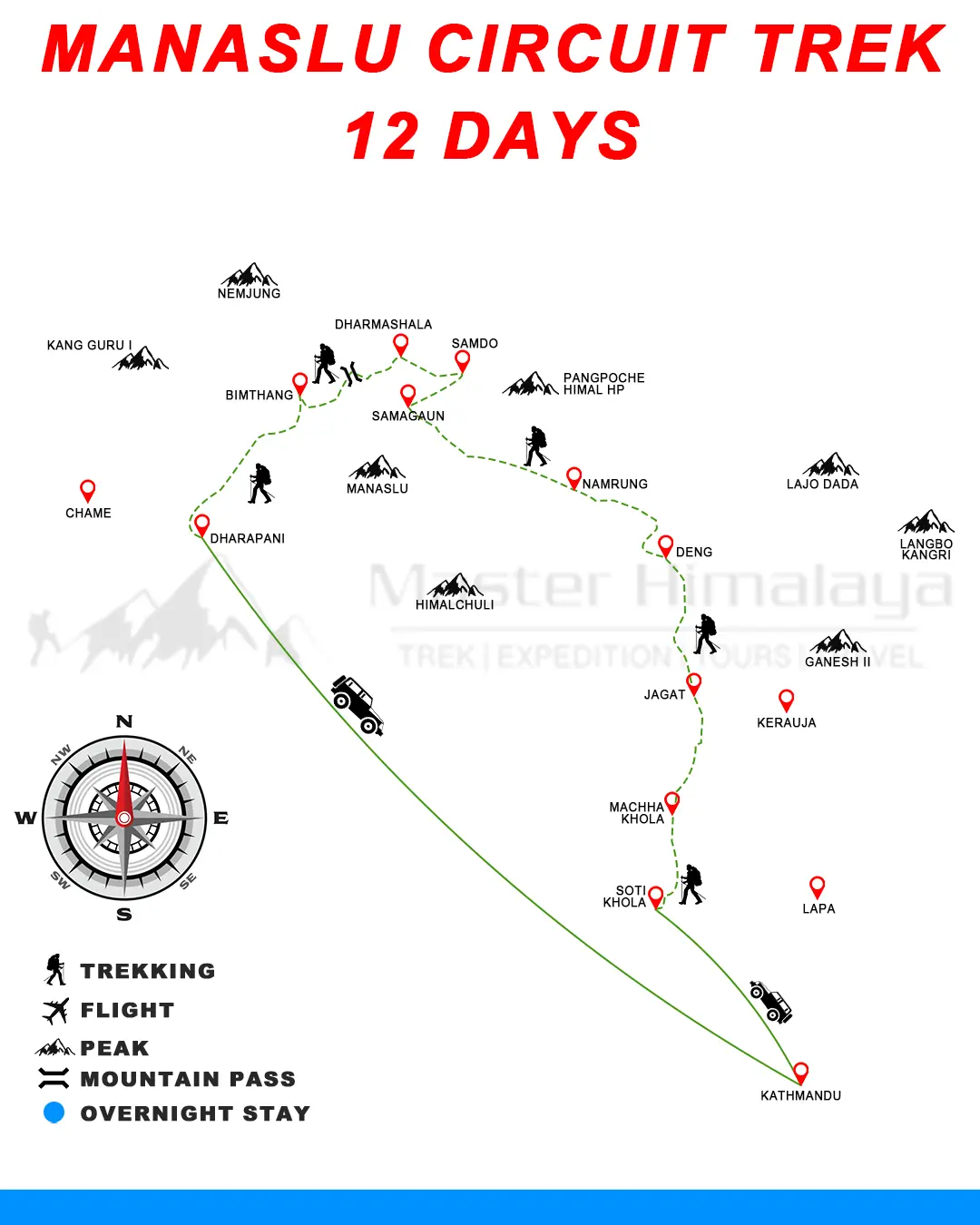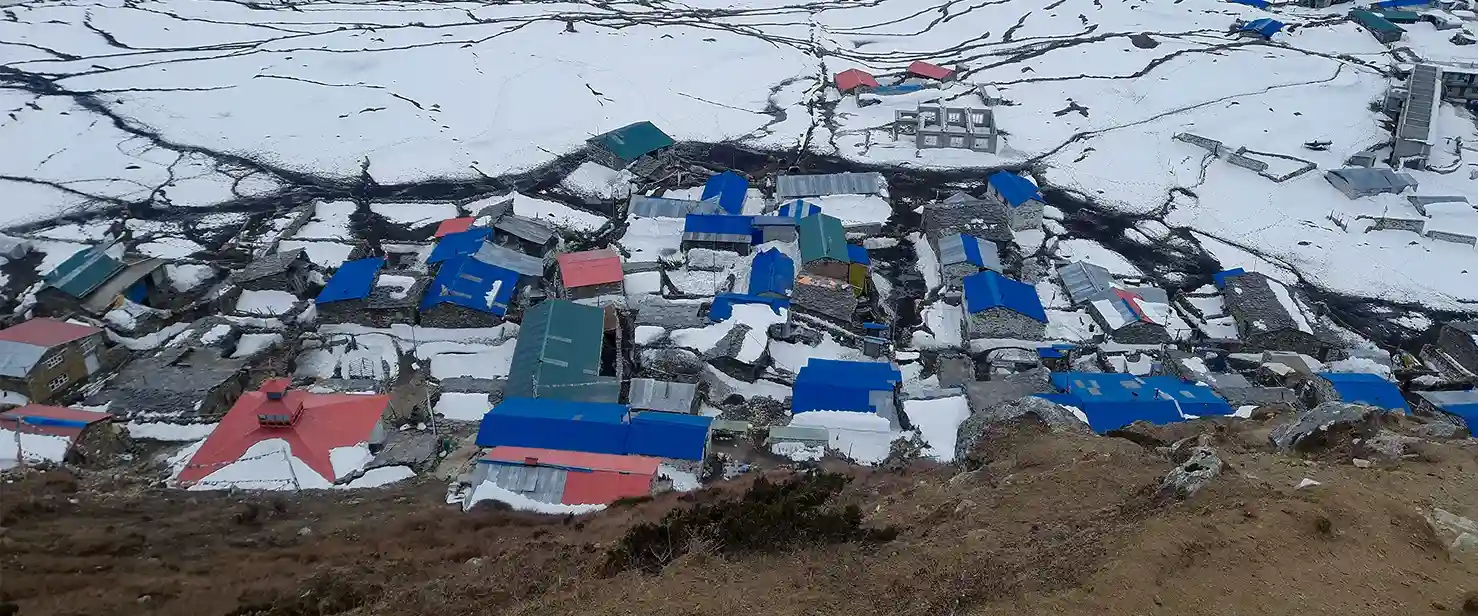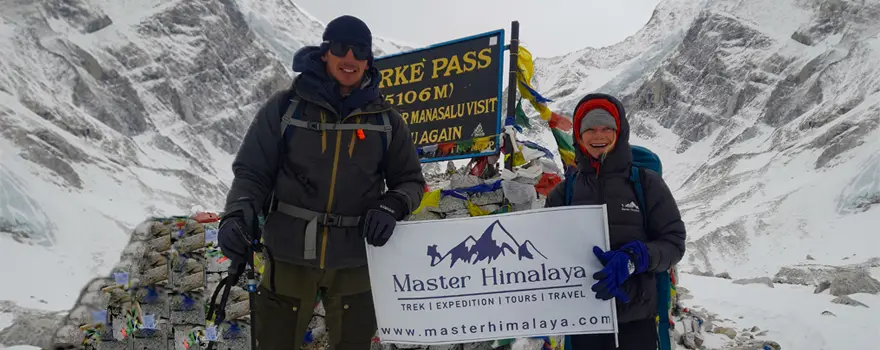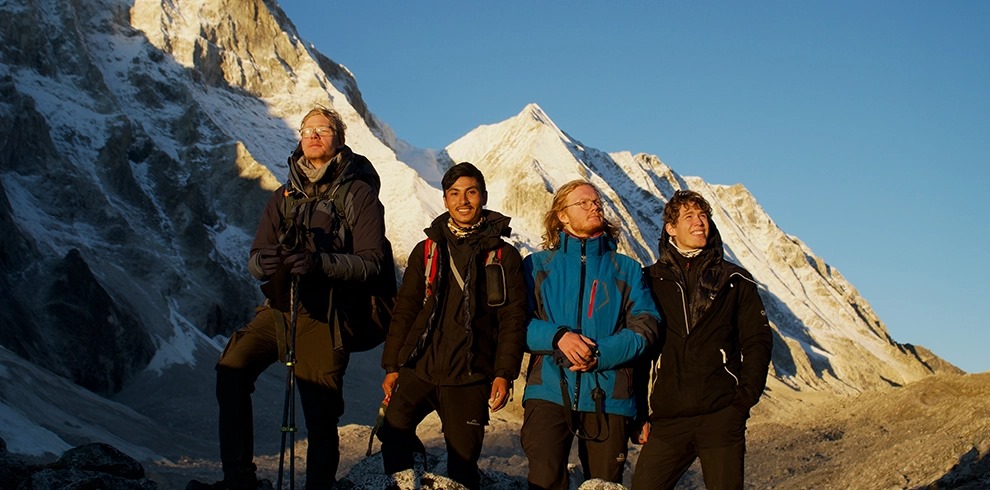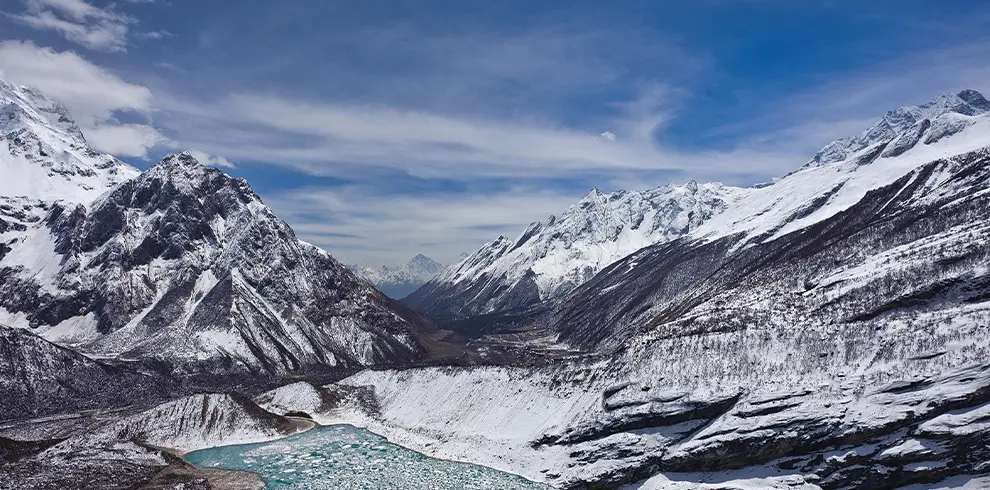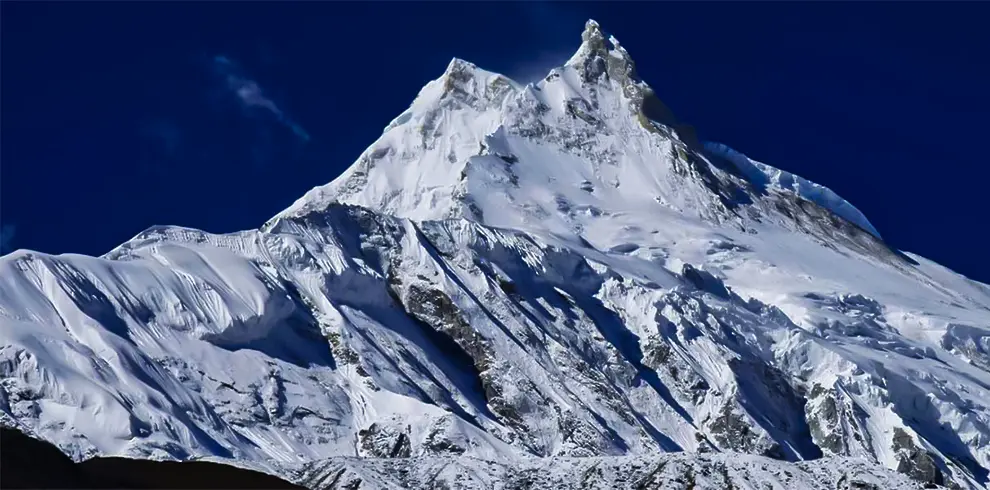The Manaslu Circuit trek, renowned for its breathtaking landscapes and cultural experiences, is one of Nepal’s most rewarding trekking adventures. The journey offers a once in a life experience through diverse landscapes ranging from lush forests to high-altitude deserts, traditional villages, and Buddhist monasteries. While trekkers often focus on major expenses like permits, guides, and accommodation, there are several smaller, personal costs that can add up during the journey. Being aware of these costs can help travelers better plan and budget for a hassle-free experience.
Highlights of Personal Costs on the Manaslu Circuit:
- Snacks and beverages
- Hot showers
- Charging electronic devices
- Wifi and connectivity
- Personal hygiene and toiletries
- Tips and gratuities
- Souvenirs and handicrafts
Snacks and Beverage:
During the trek, you’ll find the cost of snacks and beverages increases as you ascend to higher altitude. Basic items such as chocolate bars, chips and energy drinks can cost significantly more in areas like Samagaun or Dharmasala compared to Kathmandu. Hence, we always recommend taking enough energy bars and necessary snacks with you, while also being mindful of the weight you carry.
Similarly, a simple bottle of water can cost NPR 50 in lower regions but may rise to NPR 900 at higher elevations. Carrying purification tablets or a reusable water bottle with a filter can help reduce their expenses. As part of our trekking packages, we provide tea or coffee three times a day with breakfast, lunch, and dinner to keep you energized throughout the journey. However, it’s important to note that hard drinks are not recommended during the trek. As they can negatively impact the health and acclimatization of trekkers.
Hot Showers:
After a long day of trekking, a hot shower can be a luxury, but it comes with a price. The cost of a hot bucket shower ranges from NPR 300 to NPR 700, depending on the altitude and availability of fuel sources like gas or firewood. If you wish to take a hot shower at any point during the trek, simply inform your guide, who will arrange it for you. Payment for the service is usually required before checkout.
We advise trekkers to avoid taking showers after reaching Samagaun until Bhimtang due to the cold temperatures and high altitude. Instead, using wet wipes can help maintain hygiene and save money, ensuring a more comfortable trekking experience.
Charging electronic devices:
Electricity is a precious commodity in the Manaslu region, and many tea houses charge trekkers for using their charging facilities. In the lower elevations, charging might be free; however, as you ascend to higher altitudes likes Dharmasala, the cost to charge a phone or camera can range from NPR 200 to NPR 900 per device. Additionally, charging times can be limited due to high demand and restricted power availability from solar or hydro sources.
To manage these expenses effectively, we recommend carrying a solar charger or a high-capacity power bank, ensuring that you stay connected without incurring additional costs. It’s also a good idea to conserve battery life by switching devices to airplane mode, or minimizing usage during the day.
Wifi and connectivity:
Staying connected to friends and family can be a challenge on the Manaslu Circuit, and it often comes with additional costs. Tea houses along the route offer Wifi services for a fee, typically ranging from NPR 500 to NPR 1000, depending on the remoteness of the location. Mobile network coverage is another consideration; the Namaste (NTC) Sim card provides the most reliable service in the region and can be conveniently purchased at the airport with a passport and photo at an affordable price. However, other providers like Ncell currently lack proper coverage along the trekking route. At the time of writing this blog, Ncell is in the process of building towers in the region, and coverage is expected to improve in the near future.
While internet access is available up to Sando, trekkers should be aware that from Dharmasala to Bhimtang, there is no mobile signal or Wifi connectivity. To stay in touch with loved ones, it's best to inform them about these connectivity gaps in advance and plan communication accordingly.
Personal hygiene and toiletries:
Items such as toilet paper, wet wipes, shampoos, toothpaste, and soaps are not always provided at tea houses and must be purchased along the way. A single roll of toilet paper can cost NPR 200 or more at higher altitudes, while other hygiene products may also see a significant price hike. Bringing a sufficient supply from Kathmandu can save both money and inconvenience.
Additionally, carrying biodegradable wet wipes and eco-friendly toiletries is highly recommended to minimize environmental impact along the trail. Keeping personal hygiene in check is crucial for a comfortable trekking experience, especially in high-altitude areas where water sources may be limited or frozen.
Tips and Gratuities:
Tipping is a common practice in Nepal, and trekkers are encouraged to show appreciation for the hard work to guides, porters, and driving staff. The recommended tipping amount varies depending on the trek duration and group size but generally ranges from NPR 800- NPR 1500 per day for guides, and NPR 500 to NPR 800 per day for porters. Planning for gratuities in advance can help ensure you express gratitude without financial stress during the trek. Generally, the tipping is done after end of the trek
Souvenirs and handicrafts:
The Manaslu region is rich in cultural heritage, and local artisans often sell beautiful handicrafts, including handmade jewelry, woolen garments, and traditional Tibetan artifacts. On the way to Namrung, you can find the apple farm from where you can purchase local dried apples you may want to try. Prices may vary based on bargaining skills, but setting aside a small budget for souvenirs allows trekkers to support the local economy while taking home meaningful mementos from their journey.
Being aware of these personal costs and planning accordingly can make the Manaslu Circuit trek a more enjoyable and stress-free adventure. Proper budgeting ensures that trekkers can fully immerse themselves in the stunning landscapes and rich culture experiences without unexpected financial surprises.

